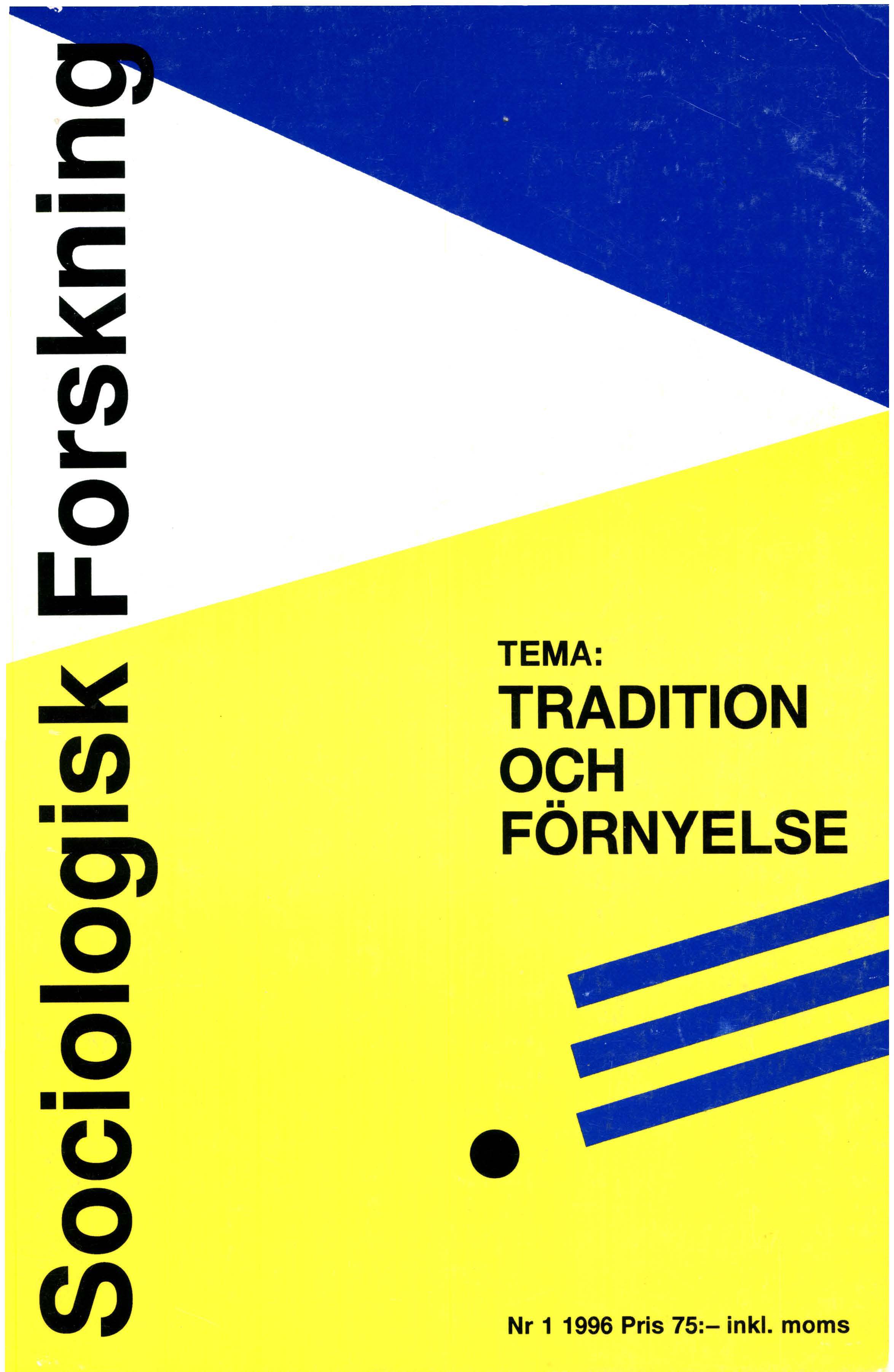Thomas J Scheffs socialpsykologi. En introduktion
DOI:
https://doi.org/10.37062/sf.33.18555Abstract
This articel is an introduction to the socialpsychology of Thomas J Scheff. Scheff is a Professor emeritus at University of California, Santa Barbara. His work has not been introduced for a Swedish audience before, and therefore the article concentrates on some general aspects of the theory. It begins with a part where some characteristic aspects of Scheffs theory is outlined in relation to a more conventional socialpsychology. The text continues with a treatment of the central concepts of the theory. Social bond is the most important concept. Social bonds are the forces that keeps people together. In Scheffs view the buildning of bonds is the most fundamental human motive. The status of the social bond can be discovered in different ways. The method Scheff uses includes description, interpretation and analysis of communication, both in the verbal and the non-verbal sence. Scheff argues that strong bonds are built through communication that follows specific forms. The concept attunement is apt to describe these forms. The status of the bond is also dependent on the degree of differentiation in the relation. Secure bonds follows from optimal differentiation. Broken or damaged bonds can be characterized in terms of alienation. Scheff speaks of two main forms of alienation; engulfinent and isolation. A third factor that is important for the status of the bond is the kinds of emotions that operate in its maintenance. Shame and pride is according to this theory the master-emotions in human existence. They play a primary role in human conduct by giving the actors instinctive indications of the status of the bond. The last part of the article deals with what the theory has to say about social relationships in the modem society.
Downloads
Publicerad
Referera så här
Nummer
Sektion
Licens
Allt material i Sociologisk Forskning publiceras med omedelbar öppen tillgång (open access), under Creative Commons-licensen CC BY-NC-ND 4.0.
Allt innehåll i tidskriften är fritt tillgängligt utan kostnad och får för icke-kommersiella syften fritt läsas, laddas ned, kopieras, delas, skrivas ut och länkas. Innehållet får dock inte ändras. När innehållet används måste författare och källa anges. Upphovsrätten till innehållet tillhör respektive författare. Inga publiceringsavgifter tas ut.





